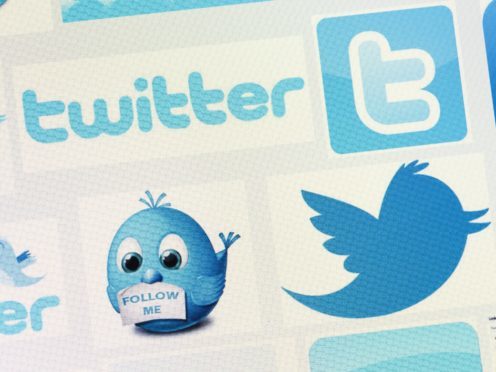A Swedish government study has found a recent surge in the number of automated Twitter accounts ahead of elections next month.
Researchers noted that 40% of the accounts are more likely to support the anti-immigration Sweden Democrats party, which is expected to make gains on September 9.
The study by Sweden’s defence research agency comes amid broader concerns over misinformation ahead of the elections.
Researcher Johan Fernquist said the number of Twitter bots discussing politics nearly doubled from July to August.
The report said users “may be led to believe that this content (is) more widely accepted or more mainstream than it actually is”.
Swedish authorities have spoken repeatedly about the potential risk of foreign interference in the vote.
Polls suggest the Sweden Democrats could become the country’s second largest party.
The FOI agency noted that “it is 40% more common that the bots express support for the Swedish Democrats compared to what genuine accounts do”.
FOI, which analysed almost 600,000 tweets from more than 45,000 accounts, did not say who might be behind the bots.
“Hopefully, this study will contribute to a greater awareness of possible effects of the bots, so more citizens make their decisions without being affected by them,” Mr Fernquist said.
Last year, Sweden’s domestic intelligence agency briefed lawmakers about the potential risk of foreign inference in the vote to renew the 349-seat Riksdagen.
At the time, Prime Minister Stefan Lofven told Swedish broadcaster SVT that it has “become increasingly obvious that foreign powers are trying to influence an election and its outcome”. He added that “obviously Russia was active in the US elections” and “we cannot assume that we are immune”.
Polls suggest that the Sweden Democrats — currently the country’s third largest political group but considered a pariah in Swedish politics — could become Sweden’s second largest party and surpass the main opposition party, the liberal Moderates. Sweden’s largest party, the ruling Social Democrats, built the country’s famed welfare state.
The Sweden Democrats, born out of a radical nationalist movement with neo-Nazi links, has softened its rhetoric and expelled openly racist members. It gained popularity amid the debate about immigration, a key topic in the election.
The Scandinavian country of 10 million took in 163,000 refugees during the dramatic influx of migrants in Europe in 2015 — the highest per-capita rate in Europe.
